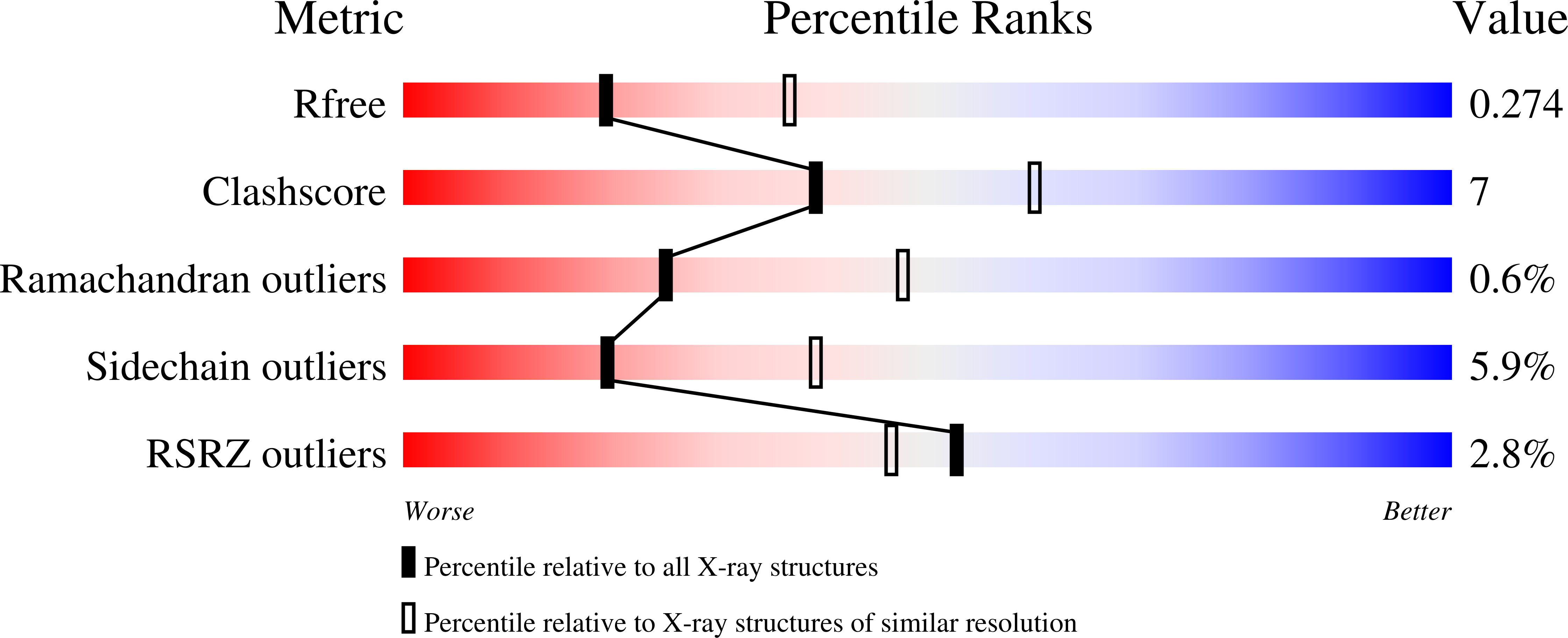
Deposition Date
2023-08-03
Release Date
2024-03-27
Last Version Date
2024-11-13
Entry Detail
PDB ID:
8TOO
Keywords:
Title:
Crystal structure of Epstein-Barr virus gp42 in complex with antibody 4C12
Biological Source:
Source Organism:
Mus musculus (Taxon ID: 10090)
Epstein-Barr virus (Taxon ID: 10376)
Epstein-Barr virus (Taxon ID: 10376)
Host Organism:
Method Details:
Experimental Method:
Resolution:
2.60 Å
R-Value Free:
0.27
R-Value Work:
0.22
R-Value Observed:
0.22
Space Group:
P 1


